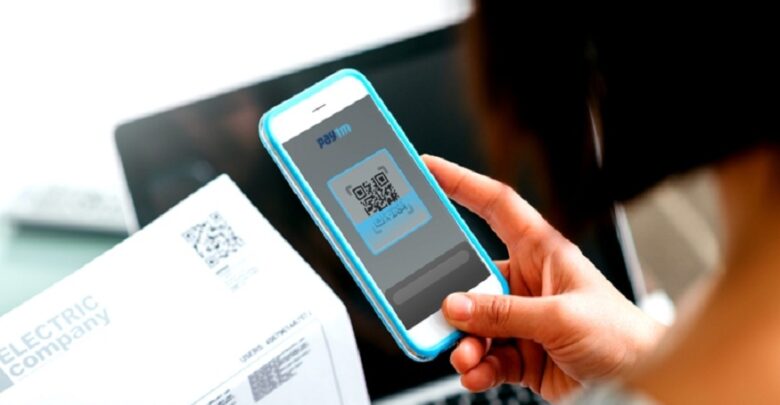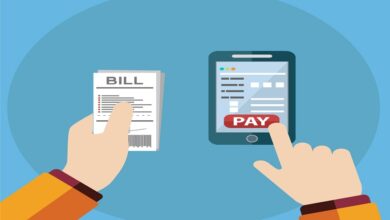Digital Bill Payments as the New Household Standard

In the vibrant tapestry of modern India, technology weaves through daily life like never before. Among the myriad advancements, digital bill payments stand out as a transformative force reshaping how households manage their finances. With the rapid proliferation of smartphones and internet connectivity, the once-daunting task of paying bills has evolved into a seamless experience. But how did digital bill payments become the new household standard? Let’s delve into the intricacies, benefits, and opportunities this change brings.
The Rise of Digital Bill Payments
The journey of digital bill payments is deeply intertwined with India’s broader digital transformation. A pivotal moment came in 2016, with the demonetisation policy pushing the country towards cashless alternatives. Suddenly, digital wallets and online banking became household terms.
The Problem with Traditional Methods
Traditionally, paying household bills meant long queues at electricity offices, trips to the local water board, or standing at counters with cash in hand. This method was not only time-consuming but fraught with challenges. Misplaced receipts, delayed payments, and sheer inconvenience plagued consumers.
Digital Evolution
The advent of platforms like Paytm, PhonePe, and BHIM UPI revolutionised this landscape. Bill payments could now be done with a few taps on a smartphone, bringing unprecedented convenience into the lives of millions. This shift was bolstered by government initiatives such as Digital India, aiming to increase digital literacy and accessibility.
Advantages of Digital Bill Payments
Convenience and Time-Saving
Arguably the most tangible benefit of digital bill payments is convenience. No longer are individuals bound by office hours; bills can be paid anytime, from anywhere. This saves not just time but also the effort of physically travelling to payment centres.
Enhanced Security
While security concerns exist in digital transactions, advancements in encryption and secure gateways have made online payments safer than ever. Many platforms offer multi-factor authentication, giving users peace of mind.
Environmental Benefits
Going digital reduces paper usage significantly. E-bills and online receipts eliminate the need for physical documentation, aligning with global sustainability goals. This reduction in paper consumption contributes to a greener planet, an important consideration in today’s environmentally-conscious world.
Financial Management
Digital payments often come equipped with analytical tools and reminders, helping users track spending and manage budgets. Monthly expenditure can be reviewed at a glance, and apps can notify users before a bill is due, reducing the chances of late fees.
Tackling Challenges
Digital Literacy and Inclusion
Despite the widespread benefits, not every household in India can access digital payment systems. Disparities in digital literacy and internet access, particularly in rural areas, pose challenges. Efforts are underway to bridge this gap by promoting digital awareness and ensuring affordable internet access.
Trust Issues
For many, particularly the older generation, trust in digital systems remains a hurdle. Stories of online fraud and scams often deter individuals from embracing digital payments. Building trust through education and showcasing the reliability of digital platforms is crucial in this regard.
Real-World Analogies: A Seamless Experience
Consider digital bill payments as akin to using an ATM in the late 20th century. Initially met with scepticism, ATMs eventually became ubiquitous due to their convenience and reliability. Today, digital payments are on a similar trajectory, poised to become an integral part of household financial management.
Technological Advancements Facilitating the Shift
Mobile Wallets
Apps like Google Pay and Amazon Pay have made digital transactions commonplace. With user-friendly interfaces and integration with various service providers, these apps offer a one-stop solution for all payment needs.
QR Codes and UPI
Unified Payments Interface (UPI), a revolutionary step in digital transactions, allows direct bank transfers without the need for IFSC codes or bank account numbers. Combined with QR codes, this system has simplified micro-transactions, further embedding digital payments into everyday life.
Blockchain Technology
Though in its nascent stage, blockchain holds promise for further securing digital transactions and enhancing transparency. Its decentralised nature could play a crucial role in the future of digital bill payments.
The Future: Embracing Change
Emerging Trends
As digital payments become ingrained in daily life, new trends will emerge. Voice-activated payments and AI-driven financial advice are on the horizon. These technologies promise to personalise and further simplify the bill-paying experience.
Government’s Role
The government’s role in fostering this ecosystem remains pivotal. Continued support for digital infrastructure and policies promoting financial inclusion will drive this transformation.
Financial Institutions
Banks and financial institutions must adapt to this change by embracing tech-driven solutions and educating their customers. Collaborations with fintech companies to create innovative products will benefit consumers and institutions alike.
Conclusion
Digital bill payments have set a new standard for household finance management in India. With convenience, security, and environmental benefits leading the charge, the shift towards digital is as inevitable as it is beneficial. Challenges remain, but with concerted efforts from both the public and private sectors, these can be overcome.
For households yet to make the leap, the time is nigh. Embrace digital bill payments, and experience the liberation from queues and paperwork. As technology continues to evolve, staying informed and adaptable ensures that we harness its full potential.
This digital revolution isn’t merely about making payments; it’s about securing your future in an increasingly connected world. By embracing digital bill payments, households across India are not just keeping up with change—they are setting the pace.
Take Action Today:
- If you’ve yet to try digital bill payments, consider starting with a trusted app like Paytm or PhonePe.
- Educate yourself and your family about digital security to mitigate risks.
- Encourage and assist those in your community who may be hesitant to go digital, sharing your knowledge and experience.
By doing so, you’re not just adopting a new payment method; you’re part of a nationwide movement towards efficiency and progress. Welcome to the future of bill payments—a future where technology and tradition blend seamlessly to create a brighter, more connected India.




